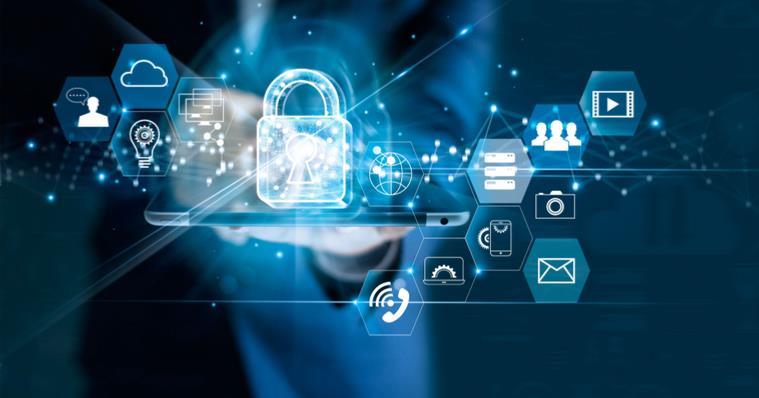
UAE organisations faced dramatic increase in cyberattacks in 2020
Organisations across the UAE and the Middle East region were faced with a record number of cyberattacks in 2020, that not only increased in frequency but also volumes, new research has shown.
According to Help AG's State of the Market Report 2021, over 10 million Distributed Denial of Service (DDoS) attacks were recorded globally in 2020, including a 183 per cent increase in the UAE alone. This is the first time in history that the number of DDoS attacks exceeded 10 million, with the number of attacks recorded in 2019 standing at 8.5 million.
Help AG's data also showed that the attacks are increasing in scale, with the largest one observed in the UAE measured at 254.3 Gbps. This increase has made DDoS attacks by far the most prolific form of cybersecurity threats faced by organisations today. The government, private, oil and gas, telecom, and healthcare sectors faced a particularly harsh onslaught, with repeated attacks targeting specific customers using varying attack patterns in particular segments over the course of 2020.
Stephan Berner, chief executive officer at Help AG, noted that changes in the landscape in recent years has put a lot of pressure on cybersecurity systems. With the acceleration in cloud adoption across the region, and an increasingly mobile workforce, cybercriminals have found news ways to increasingly exploit security weaknesses. 'Sadly, despite a lot of high profile incidents and increasing awareness around the topic, many companies still consider cybersecurity to be an afterthought.
'Even today, organisations only seem to increase their investments in security after they have been compromised; when it should be the other way around, he added. 'We are living now in a time when we have never seen so much connected technologies, and, accordingly, cybersecurity needs to be embedded everywhere as soon as possible.
Nicolai Solling, chief technology officer at Help AG, described the Covid-19 pandemic as a 'perfect storm for attackers. He explained that the change in user behaviour, as a result of working from home during the lockdowns, changed the cybersecurity fabric. 'All of a sudden, the security environment that you had at the office needed to be expanded to the home environment as well.
Users, he said, are more likely to click links related to information on Covid-19, and criminals were eager to exploit this. 'Before, it was any information related to Covid-19, but now it is about travel, the re-opening of borders, quarantine rules, vaccines, and the new mutations of the virus. Taking into account the way that the attacks follow trends, it is not much of a stretch to say that they will be targeting users by pretending to be sources with information on the next big topic such as digital health passports, and Covid-19 vaccine passports.
Help AG's report also revealed that ransomware attacks have also been on the rise, largely thanks to their high rates of success, which can be attributed to their relative simplicity and their significant, immediate impact on an affected business. In addition, many organisations still end up paying the ransom, thus encouraging the threat actors to continue utilising this attack method. Help AG identified a common tactic employed by multiple threat actors, using DDoS attacks as a mechanism to distract security monitoring and response teams, before executing the ransomware attack.
The year 2020 saw a significant rise in the number of vulnerabilities discovered as compared to the previous year, with a total of 18,353 identified as per the NIST National Vulnerability Database, and a particular increase in critical and high severity vulnerabilities. Vulnerabilities that required no user interaction to exploit also increased. Government agencies were the most affected, followed by banking and finance, manufacturing, healthcare, education, and technology, with a significant rise in industrial control system vulnerabilities.

Legal Disclaimer:
MENAFN provides the
information “as is” without warranty of any kind. We do not accept
any responsibility or liability for the accuracy, content, images,
videos, licenses, completeness, legality, or reliability of the information
contained in this article. If you have any complaints or copyright
issues related to this article, kindly contact the provider above.


















Comments
No comment